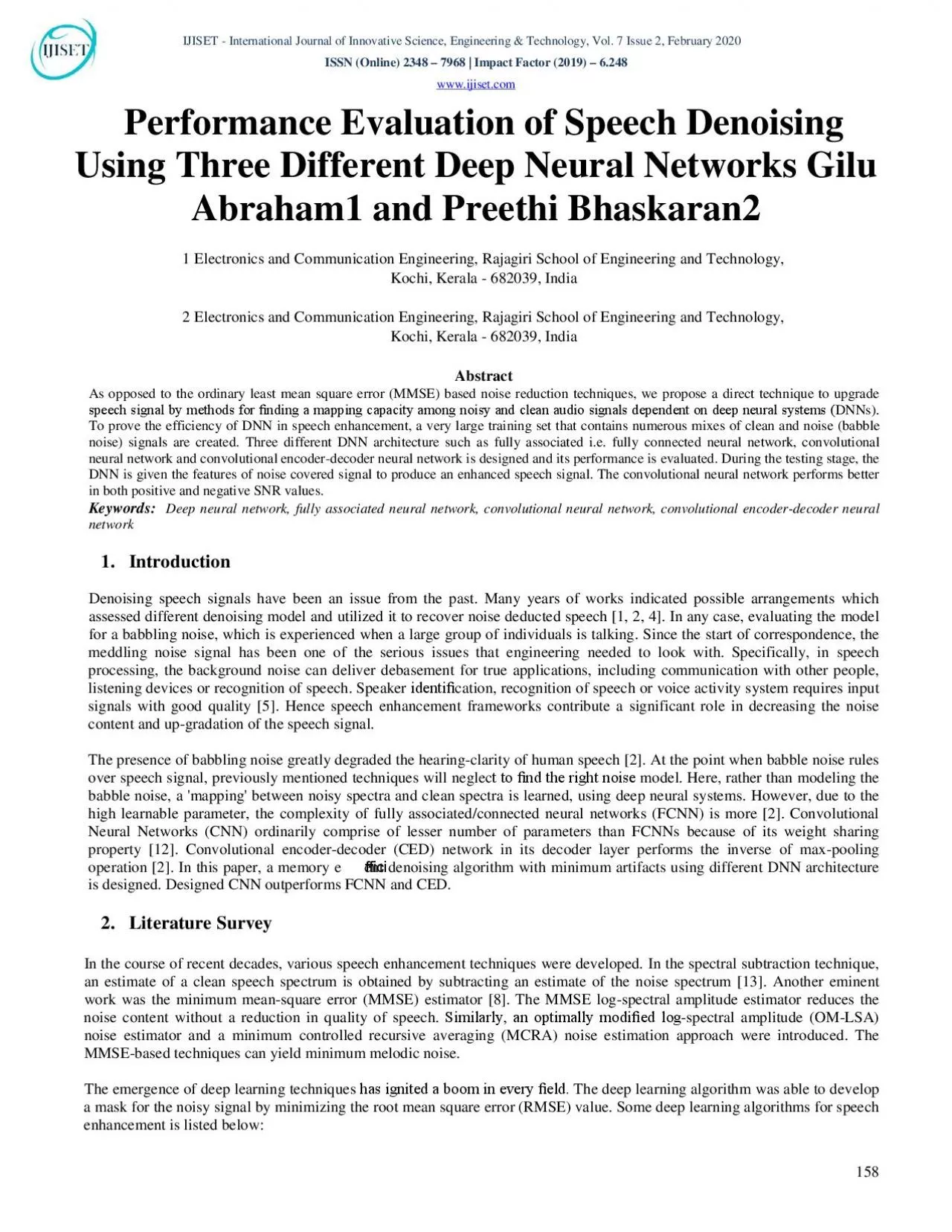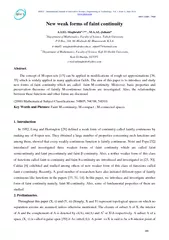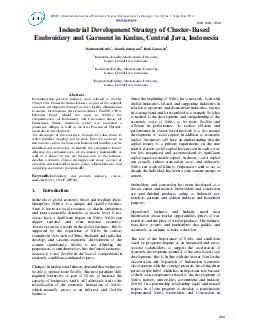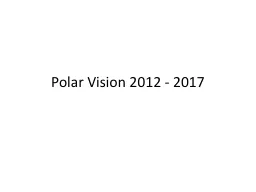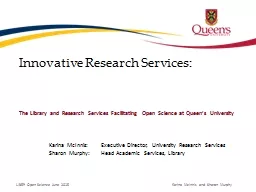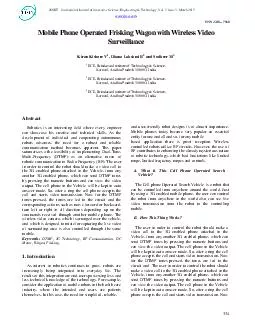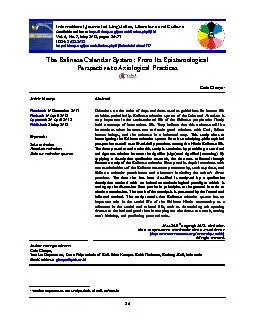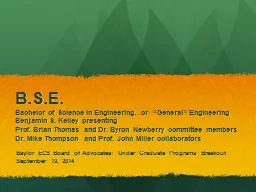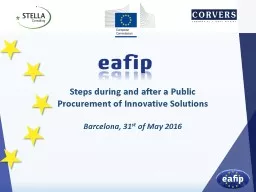PDF-IJISET InternationalJournal of Innovative Science Engineering Techn
Author : susan | Published Date : 2021-06-09
158 Performance Evaluation of Speech Denoising Using Three Different Deep Neural Networks Gilu Abraham1 and Preethi Bhaskaran2 1 Electronics and Communication Engineering
Presentation Embed Code
Download Presentation
Download Presentation The PPT/PDF document "IJISET InternationalJournal of Innovativ..." is the property of its rightful owner. Permission is granted to download and print the materials on this website for personal, non-commercial use only, and to display it on your personal computer provided you do not modify the materials and that you retain all copyright notices contained in the materials. By downloading content from our website, you accept the terms of this agreement.
IJISET InternationalJournal of Innovative Science Engineering Techn: Transcript
Download Rules Of Document
"IJISET InternationalJournal of Innovative Science Engineering Techn"The content belongs to its owner. You may download and print it for personal use, without modification, and keep all copyright notices. By downloading, you agree to these terms.
Related Documents

